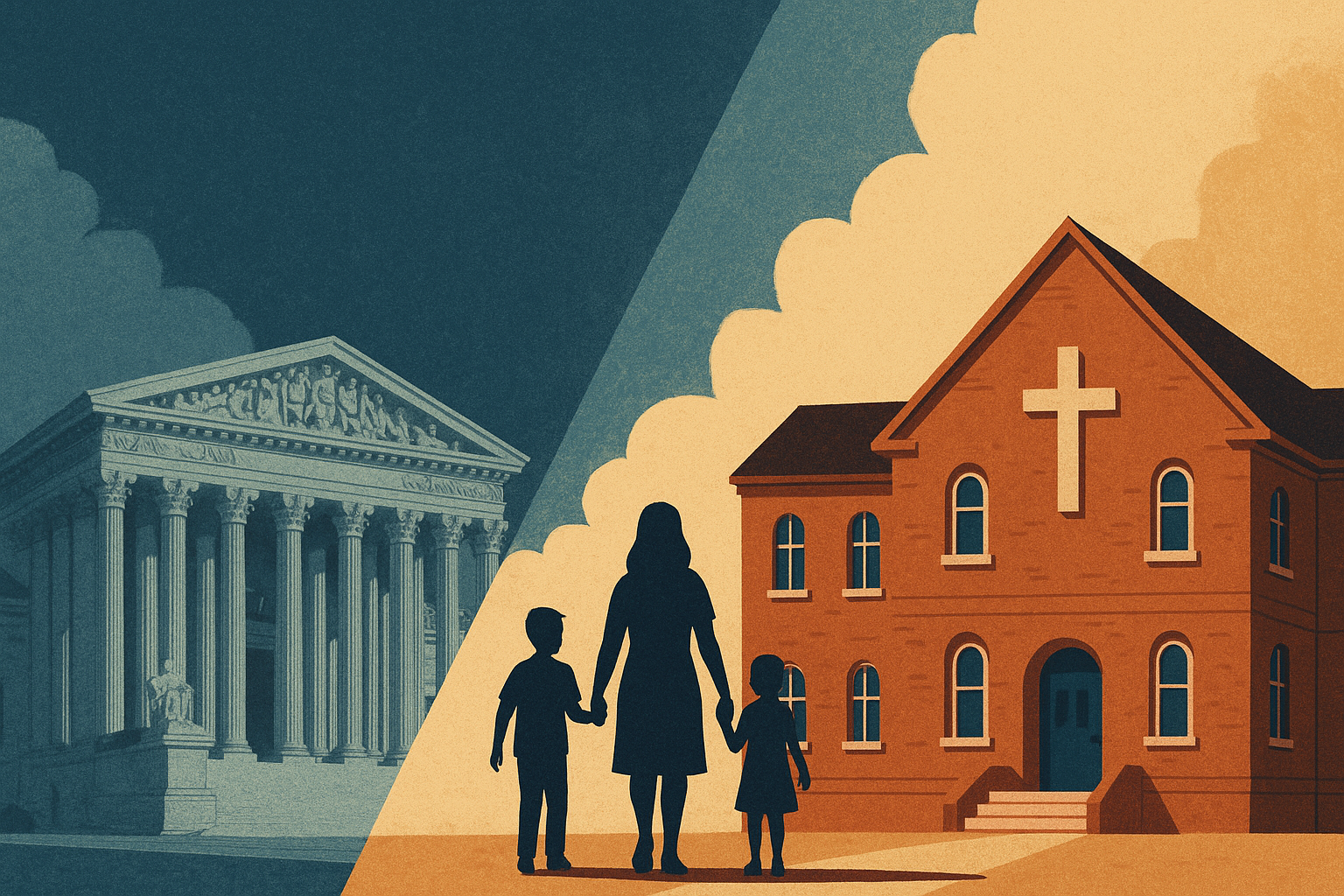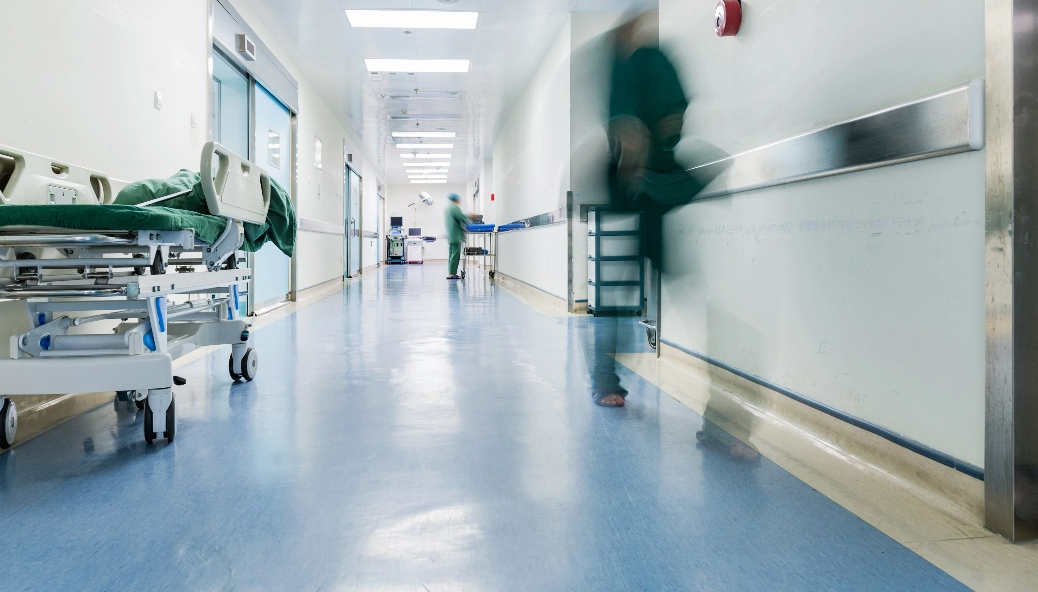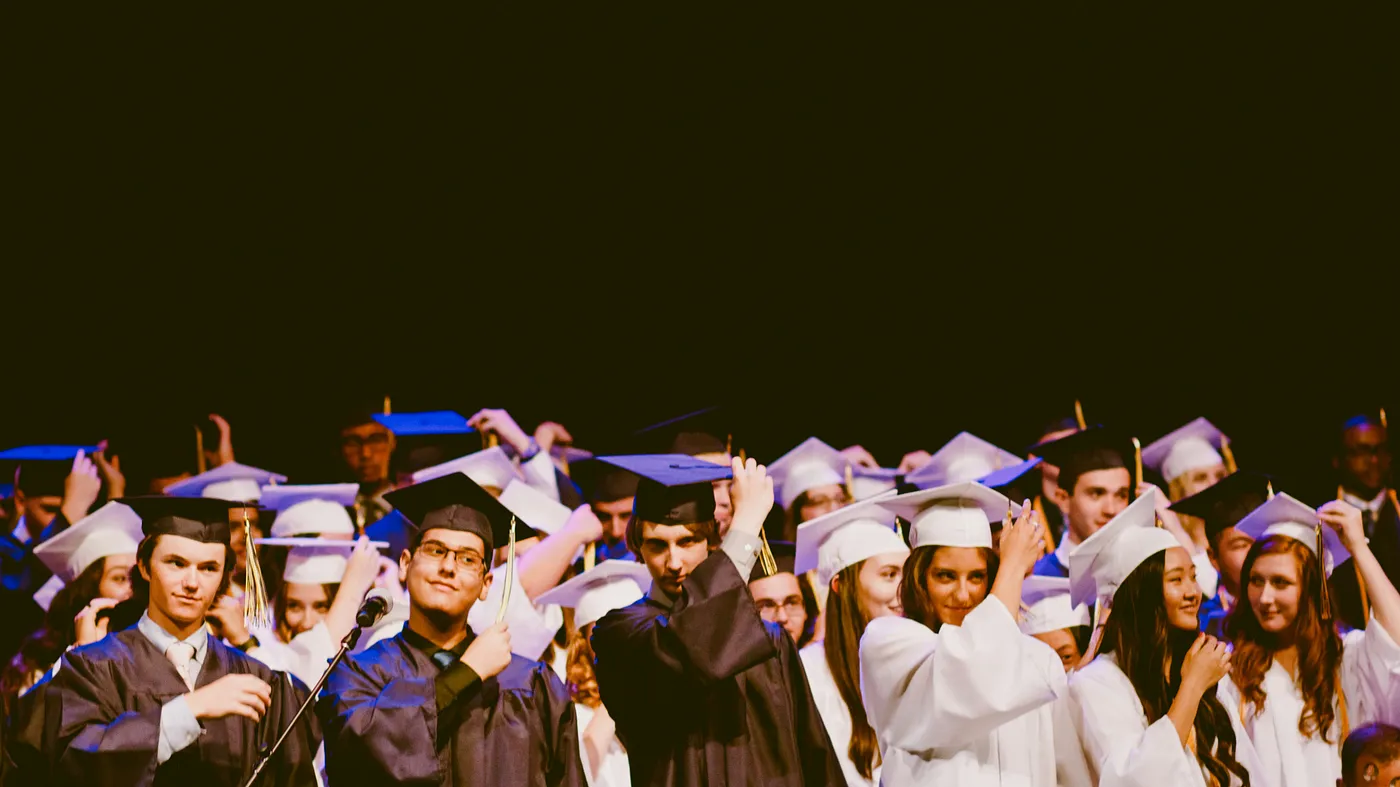
Religious charter schools could be a lifeline for low-income families

Image by Gavin Schiffres
In April, the United States Supreme Court heard Oklahoma Statewide Charter School Board v. Drummond, a case that could determine whether religious organizations may operate publicly funded charter schools. The arguments focused on the boundaries of the Establishment Clause, the role of religion in public education, and whether charter schools count as government actors. In National Review, Mike Toth and I contend that the Constitution permits religious charter schools, just as it permits religious hospitals to serve Medicaid and Medicare patients.
Beyond adjudicating the separation of church and state, the Court will determine whether students—especially low-income students—are able to access the high-quality educational opportunities of many parochial schools. This case could be a turning point in school choice history, leading to a rapid expansion of non-traditional options and adding a significant sectarian contingent to the charter school market.
Opening doors instead of building new ones
Wealthy families already have school choice. They can “choose” top-performing schools by buying homes in expensive districts or paying for private education. Such luxuries are unavailable to low-income families, particularly low-income minorities, who are trapped by the cost of housing in failing school districts that affluent families flee. Hence the hypocrisy that, according to multiple polls, white Democrats are the biggest opponents of school choice for others.
For low-income families, public charter schools offer the clearest path out of geographic determinism. These schools accept students regardless of ZIP code and must earn families’ trust to survive, competing for the privilege to enroll each child. They only receive public dollars if they can persuade both parents and their regulators that they are superior to other options.
Unfortunately, their reach is limited. The United States has only 8,150 charter schools. Launching and scaling schools is complicated, expensive, and slow. There is only capacity to serve 3.7 million children, or about 7.4 percent of all public school students.
Opening the existing infrastructure of religious schools would double the number of high-quality seats available to low-income families. There are over 23,000 private religious schools in the country, many in urban areas where educational alternatives are most needed. As charter schools, they would offer over 3.6 million additional students the opportunity to attend the kind of school for which they would otherwise need a scholarship.
What the data say about religious schools
Faith-based schools have long delivered strong academic outcomes. Catholic schools enroll 44 percent of religious school students and graduate nearly all of them. Other religious schools average a graduation rate of 97 percent. Public schools, by comparison, only graduate 87 percent of their students.
On national assessments like NAEP, Catholic school students outperform their public school peers by the equivalent of 1.5 to 2 years of learning. About 85 percent of Catholic school graduates go on to attend four-year colleges—well above national averages.
And these schools already serve low-income students. Over half of Catholic schools participate in the federal free and reduced-price lunch program. In 2023, 569,000 students attended private schools with the help of public funding through vouchers or education savings accounts. Many of those students chose parochial schools.
The Catholic charter school at the center of the Supreme Court case is a prime example. Its founders explicitly aim to “‘provide innovative educational options for underserved populations,’ including students in rural areas, Hispanic and Native communities, and those with ‘special educational needs’”—groups that public schools have historically struggled to serve effectively.
New venue for old wisdom
Some critics worry that religious charter schools blur the line between church and state, but these schools would still follow public rules. They would admit students through a lottery, teach required state standards (including evolution), and participate in state testing. What sets them apart is that they would also offer religious content—just as other charter schools emphasize arts, STEM, or bilingual education.
Charter schools compete to best serve parents. Letting religious schools into that market increases competition, providing value to students who benefit from the moral instruction and transcendent purpose often imbued in faith-based institutions. The Catholic Church has been honing its educational model for two thousand years. Why keep that expertise in the domain of the rich?
The approach is also cost-effective. Catholic elementary school tuition averages $4,840 per year; high school tuition is around $11,240. That’s significantly less than the average public charter school cost of $16,281 per student.
Lessons from abroad
Other liberal democracies fund religious schools without issue. Canada, Australia, England, Scotland, Wales, Northern Ireland, Ireland, Belgium, the Netherlands, Germany, France, Spain, Italy, Slovakia, Denmark, Norway, Sweden, and Finland all include religious institutions in their public education systems. These countries remain pluralistic, with robust protections for freedom of worship, and many consistently outperform the United States academically. Far from undermining learning or promoting a state religion, their publicly funded religious schools respect individual parent preferences while maintaining accountability to the community’s educational standards.
Increasing liberty at no one’s expense
This case is not about replacing public schools—it is about adding options for families who currently have none. Families who prefer secular education won’t lose anything, but some low-income families could finally get the chance to choose a school that meets their children’s needs. If ruled constitutional—as they should be—religious charter schools would help extend educational freedom to millions of students who have been left out.



 ">
">